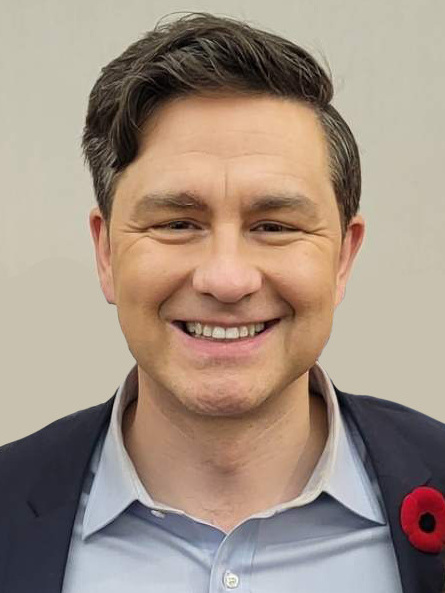A premier is the chief minister of a provincial government. Because of the shared framework of cabinet government, the office of provincial premier is similar to that held by Canada's Prime Minister. The policy direction and management of the provincial governments is visibly dominated by their premiers. A premier is in every sense the "first" minister.
The constitutional powers of the Lieutenant-Governors as the representatives of the Crown for the provinces are ordinarily exercised solely on the advice of the premier. Other provincial Cabinet members therefore owe their appointments to the premier and may be removed or shuffled between ministries at the premier's discretion. Party or other sociopolitical interests may determine the choice of Cabinet colleagues, but the specific composition of the Cabinet is decided by the premier. A premier may hold a government portfolio for a ministry, as well as the title of President of the Executive Council. The growth in public policy and communications advisers within the premier's own office has universally heightened its commanding position. The appointment of deputy ministers as the administrative heads of government departments and those of public corporations is also generally subject to the premier's approval.
A premier shapes the conduct and decisions of Cabinet and speaks for the government, regardless of the departmental responsibilities of other ministers. Radical governmental reforms such as those pursued in Alberta, Ontario and Newfoundland and Labrador during the 1990s and 2000s thus became indelibly identified with premiers Ralph Klein, Mike Harris, and Danny Williams. Provincial general elections are not called without some Cabinet discussion, but a lieutenant-governor will dissolve a Legislative Assembly only on the advice of the premier.
Beyond the authority stemming from being head of government, the premier possesses additional sources of power as the head of the governing political party. Selection as party leader through the trials of a party leadership contest is the first step on the road to premiership. This confirms a personal power base within the party that is unrivalled by any other party member. Since the image of party leader is a prime determinant of voting behaviour, leadership status is further enhanced by the electoral victory that propels a party into government office. Successive victories add to this source of power.
The growth in the importance of federal-provincial relations has also enhanced the personal status of the premiers. Intergovernmental meetings of first ministers on a broad range of policy issues made such premiers as Peter Loughleed of Alberta, Frank McKenna of New Brunswick, and Ray Romanow of Saskatchewan known to more people outside than within their own provinces. Participation in joint "Team Canada" international trade missions and the premiers' own trade initiatives have increased their visibility still further.
The sources of authority and prestige establish only the potential for strong political leadership and centralization of power in the office of premier. Many premiers have been termed autocratic but the realization of this potential will in large part depends on the propensity and ability of each premier to utilize the power of the office. Political circumstances may bring some premiers to pursue more of it than others.
Premiers of the Provinces and Territories
- Alberta
- British Columbia
- Manitoba
- New Brunswick
- Newfoundland & Labrador
- Northwest Territories
- Nova Scotia
- Nunavut
- Ontario
- Prince Edward Island
- Québec
- Saskatchewan
- Yukon

 Share on Facebook
Share on Facebook Share on X
Share on X Share by Email
Share by Email Share on Google Classroom
Share on Google Classroom


